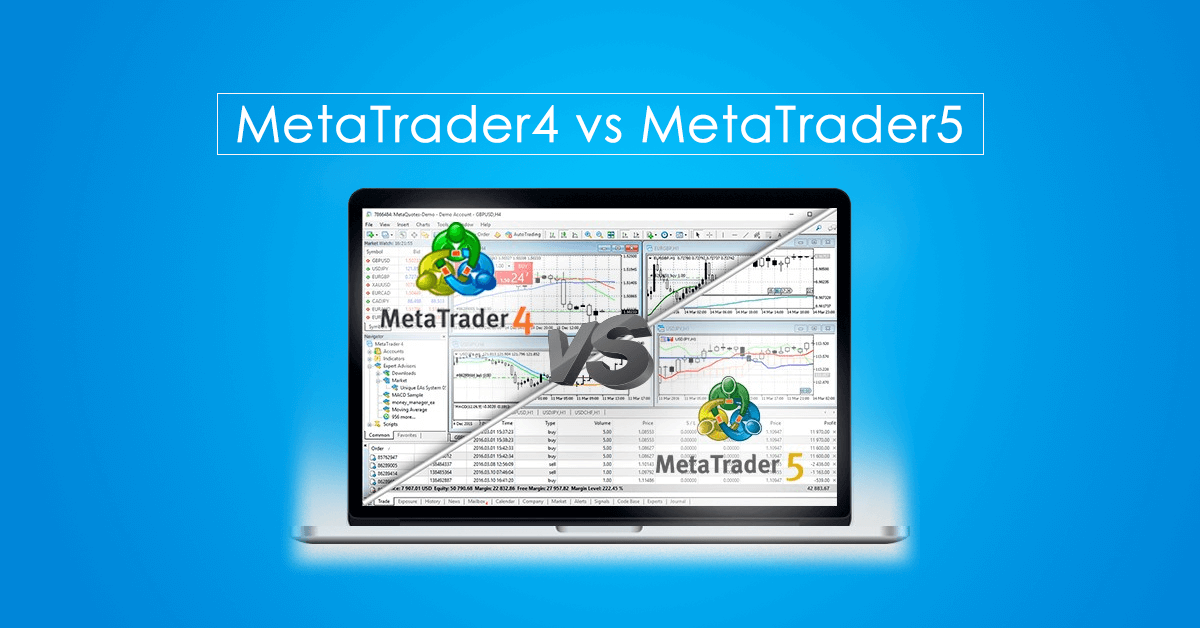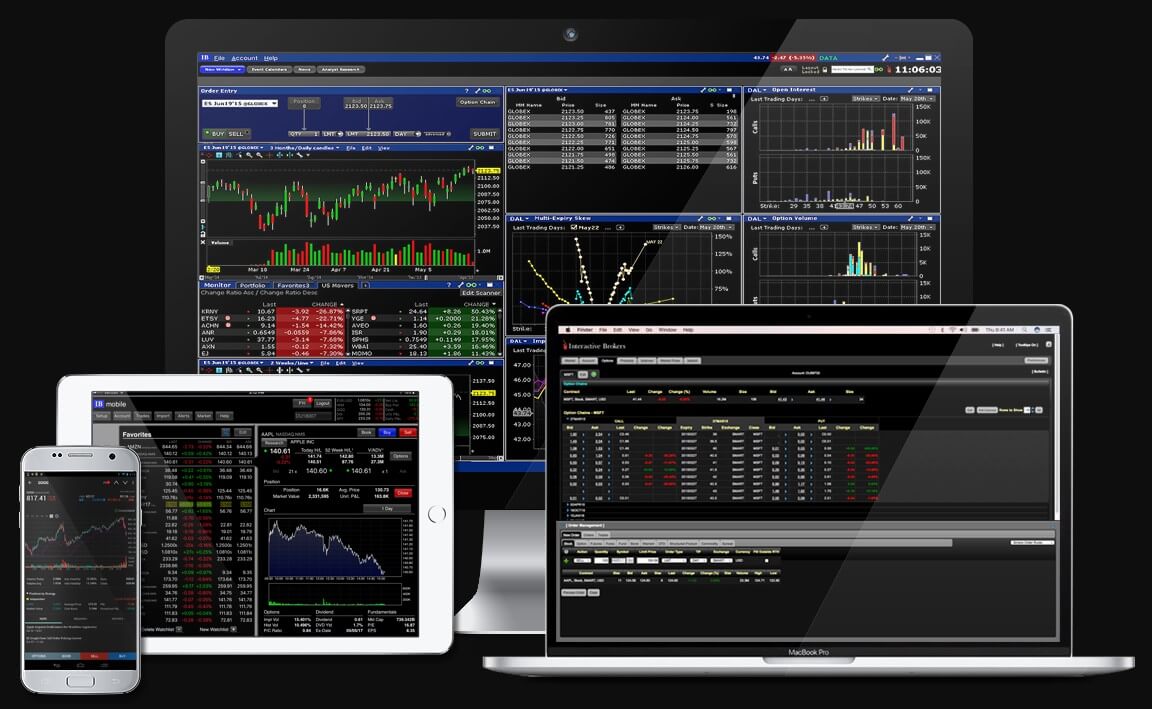Forex traders can choose the trading platform they want to use. However, this choice is interrelated with the choice of the Forex Broker, as not all types of trading platforms are offered by all brokers. In addition, some brokers do not have real compatibility with certain Forex trading platforms, but giving access to them via a bridge, which is a way a software connects a Forex broker trading system to the platform. This may work satisfactorily, but if the bridge is malfunctioning or slow it may adversely affect the implementation and management of trades.
The trading platform MetaTrader 4 is well known and can definitely be said to set the industry standard. I have never seen a Forex broker who does not offer to trade directly through the platform or through an internal bridge to the platform, although this may be at the cost of a slightly higher spread and/or commissions. The MT5 trading platform is something less common, although it is produced by the same
Essentially, MT5 was designed to be able to operate in markets other than Forex, such as the stock or commodity market, basically because it is more able to connect to a centralized trading exchange. Forex is a completely decentralized market, with a number of major players providing liquidity to this huge market at slightly different prices, uncoordinated. Shares and commodities, the latter is traded largely as a futures contract (in fact, several contracts with different maturity dates), it should usually be negotiated through a centralized process before the property can change hands with full legal effect. At the time of the development and publication of MT5, it can be assumed that Metaquotes foresaw a boom in trading in equities and retail commodities, and designed the software to suit that market.
The other important factor of the differential design was the compliance with the “no cover rule” of the U.S., which states that clients of Forex brokers in the U.S. must negotiate on a F.I.F.O. (first-in, first-out) basis. This means that if, for example, an operator is going to buy 1 batch of EUR/USD, and then buys an additional batch of EUR/USD, the first transaction must be closed before the second can be closed. While Metatrader 4 records each transaction individually and allows the management of each individual position separately, Metatrader 5 automatically adds all positions. Therefore, only the Metatrader 4 can deal with coverage: Metatrader 5 does not.
This is fine for operators in the U.S., as they are legally prohibited from coverage in any case, but in almost all the world, many operators find the difficulty of not being able to carry out coverage operations a very annoying and unnecessary handicap. It is probably the main reason why many traders have become annoyed by being “pushed” to use Metatrader 5 instead of Metatrader 4 by their brokers and possibly by Metaquotes as well. So, to sum up, MT5 was developed to attract US markets. and to meet the needs of this market better than MT4 could. This is the story of MT4 vs. MT5.
What are the differences between MT4 and MT5 Forex platforms? The two main differences have already been covered, but there are others worth mentioning within any comparison between MT4 and MT5.
MT5 uses a programming type called MQL5 compared to the MQL4 used by MT4. The best thing about MQL5 is that it allows programming “black box” which, in a nutshell, means it is easier to program and therefore, logically will be a better framework for users and developers of trade robots and other expert advisors. However, Metaquotes expanded this capability in MQL4 in 2014, so it is no longer a difference between platforms, although there is a likelihood that if the language is updated at some point in the future, Metaquotes will not extend any updates in MQL4 as well as MQL5
It should be noted that there is no retroactive compatibility. Programs written for Metatrader 4 cannot run on Metatrader 5. This can be a serious inconvenience for traders who wish to “upgrade”, and is a key reason why such a change should not be seen as an update.
It is true that the Metatrader 5 retains two key advantages related to programming over the Metatrader 4. First, its backtesting functions, where you can test the scheduled trading strategies, run at a much faster rate, which is a feature that can save you a lot of time if you are the type of trader that needs to run a large number of backtests. It also allows for the simultaneous testing of multicurrency peer retrospectives. Overall, this can speed up back-testing procedures immeasurably.


